Deep brain stimulation to treat obsessive-compulsive disorder
A group of researchers from Charité University Medicine Berlin has further refined deep brain stimulation in the treatment of obsessive-compulsive disorder. By precisely locating the placement of electrodes in the patient’s brain, the researchers were able to identify a fiber tract. They associate this with the best clinical results after deep brain stimulation. In addition, medicine can benefit from the researchers’ findings on improving medical treatment for such mental health problems.
New perspectives for deep brain stimulation
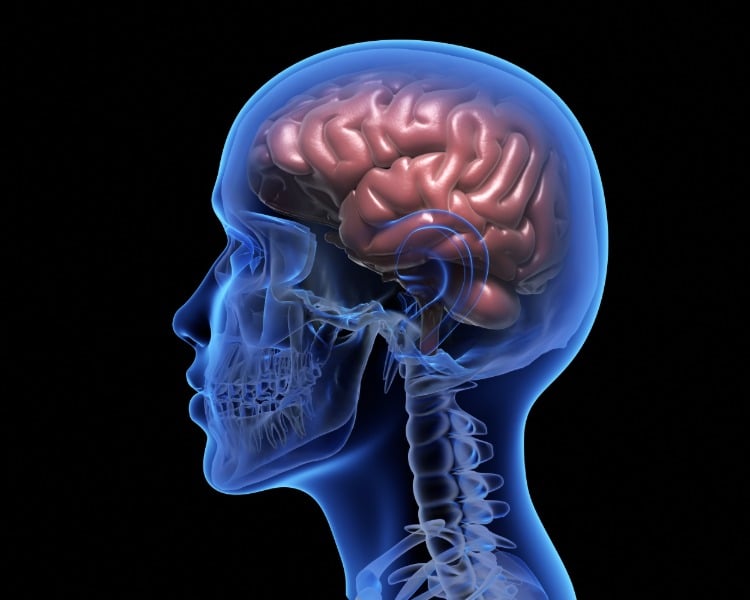
An obsessive-compulsive disorder experiences undesirable thoughts and behaviors that are difficult or impossible for them to resist. More than 2 percent of people are affected by obsessive thoughts and behaviors. Accordingly, this condition can severely affect daily activities. However, one treatment option for severe cases is deep brain stimulation. This is a technique that medical professionals use to treat other conditions, such as Parkinson’s or depression.
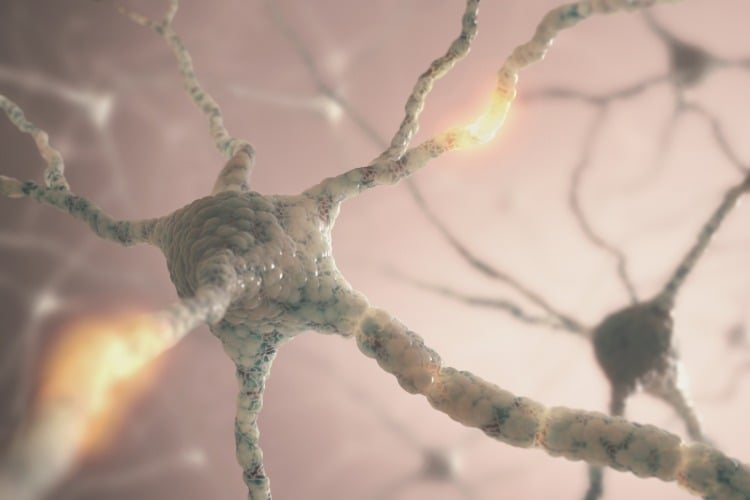
As the name suggests, deep brain stimulation implants tiny electrodes in structures deep in the brain. After implantation, these electrodes deliver very weak electrical currents to restore the balance of brain activity. By stimulating different areas of the brain, such as a fiber tract within the inner core or the subthalamic nucleus. So this technique can help improve clinical symptoms in some cases. The success of the treatment depends on the exact placement of the electrodes. In addition, this requires precision at the microscopic level. However, the optimal stimulation target for patients with obsessive-compulsive disorder had not yet been identified.
research results
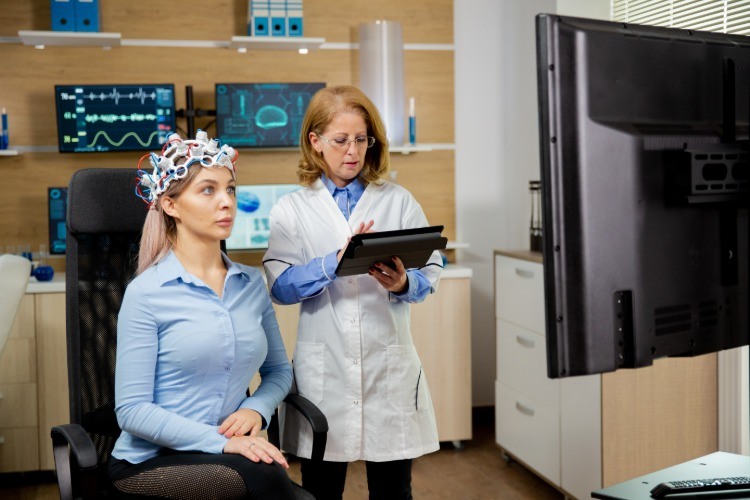
For the first time, a team of researchers led by Dr. Andreas Horn von Charités Department of Neurology using experimental neurology to identify a specific nerve bundle. This appears to be the optimal target for deep brain stimulation. The researchers examined 50 patients with OCD who treated them in a number of centers around the world. They used magnetic resonance imaging technology both before and after the placement of the electrodes. The researchers were able to visualize and test the surrounding fiber tracts, which of these electrodes stimulated selectively. The analysis showed that optimal results are associated with a very specific bundle of nerves. Reliable evidence of this relationship has been found in all cohorts of patients studied in Cologne, Grenoble, London and Madrid. This explains Dr. Horn.
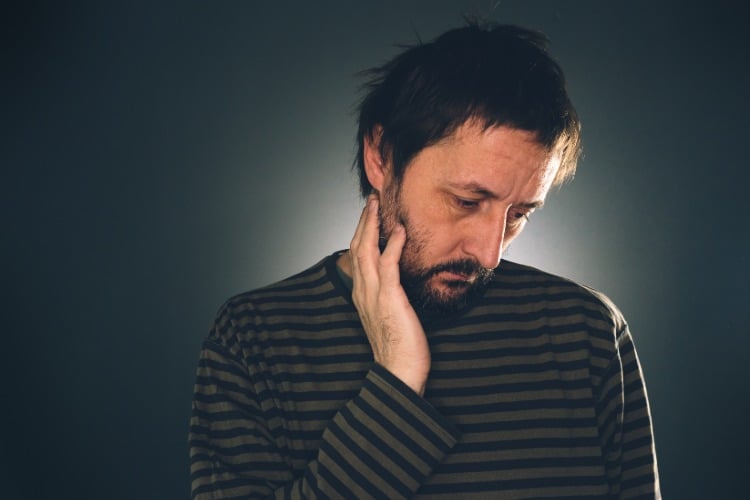
The researchers therefore initially examined two cohorts of patients, both of whom received deep brain stimulation of the inner core or the subthalamic nucleus. These brain structures have a variety of connections to other areas of the brain. Nevertheless, a specific tract between the prefrontal cortex and the subthalamic nucleus was identified as a suitable target for stimulation in both groups. Thanks to precise localizations, the researchers were able to reliably predict the treatment results in both groups. The neurologists then repeated these results in two other independent cohorts. When comparing the results with other studies, the researchers showed that the target areas described were also within the tract target identified in this study.
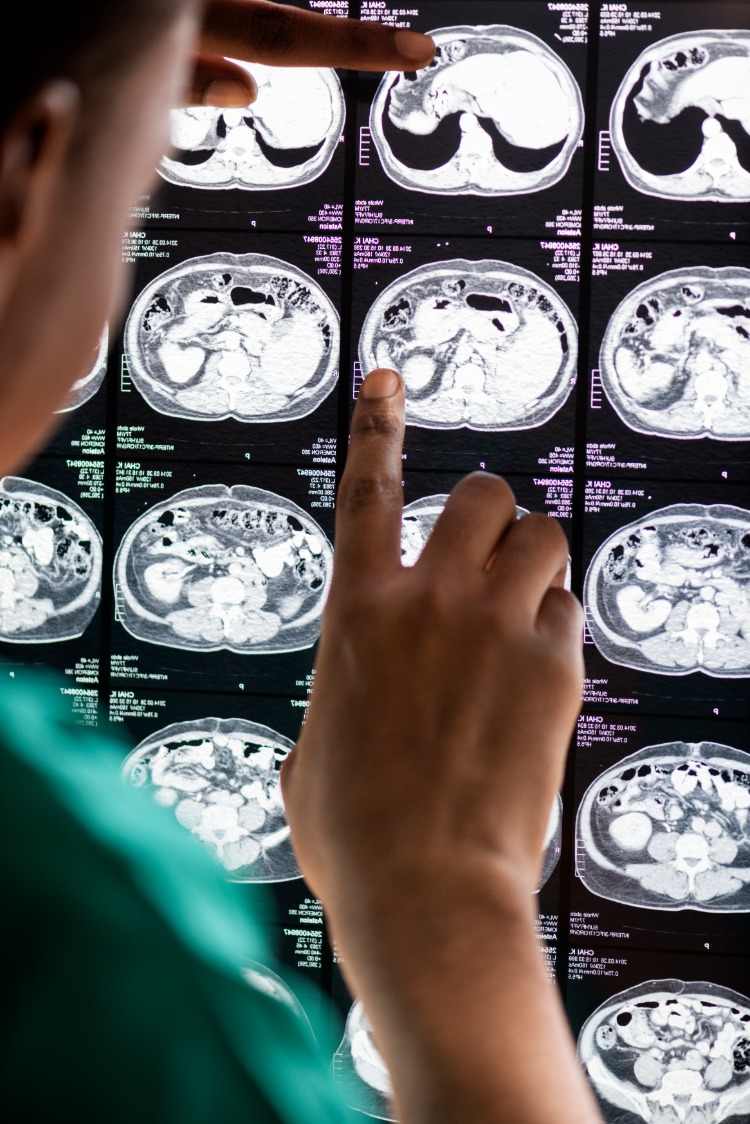
All 3D structural analysis data has been made publicly available to researchers around the world. However, neurologists do not yet treat Charité patients with OCD with this invasive method of deep brain stimulation. The participating research centers, however, continue to share their knowledge and develop protocols for additional studies like this to test the newly defined target areas.
The post Deep Brain Stimulation to Treat Obsessive Compulsive Disorders appeared first on Deavita.com | Living ideas, design, hairstyles, make-up, lifestyle, health and beauty tips.





















